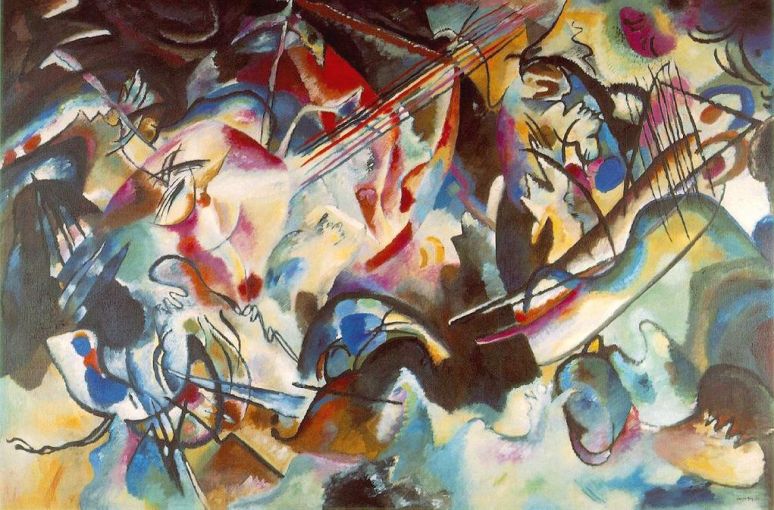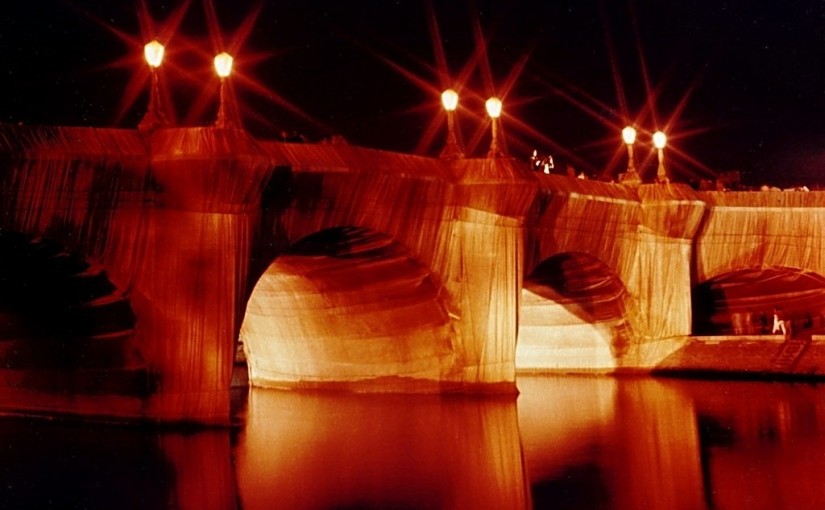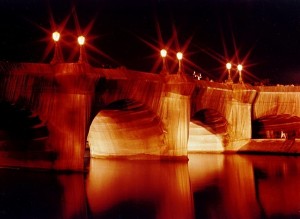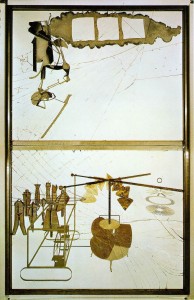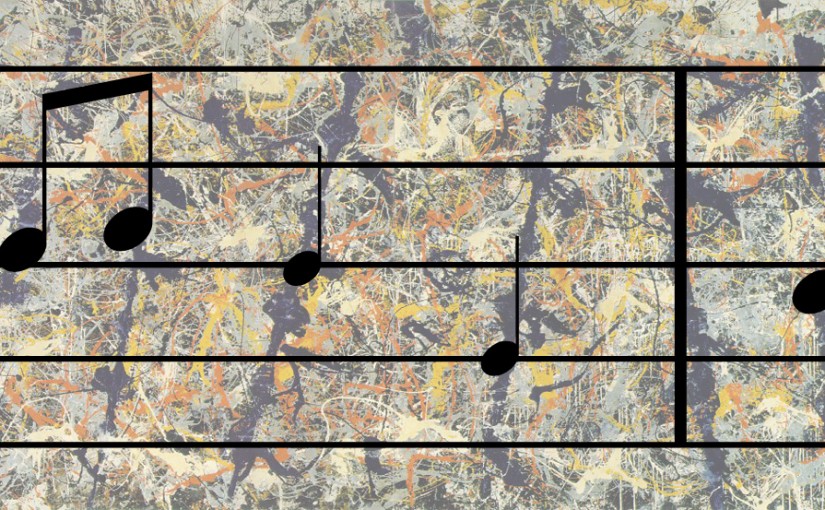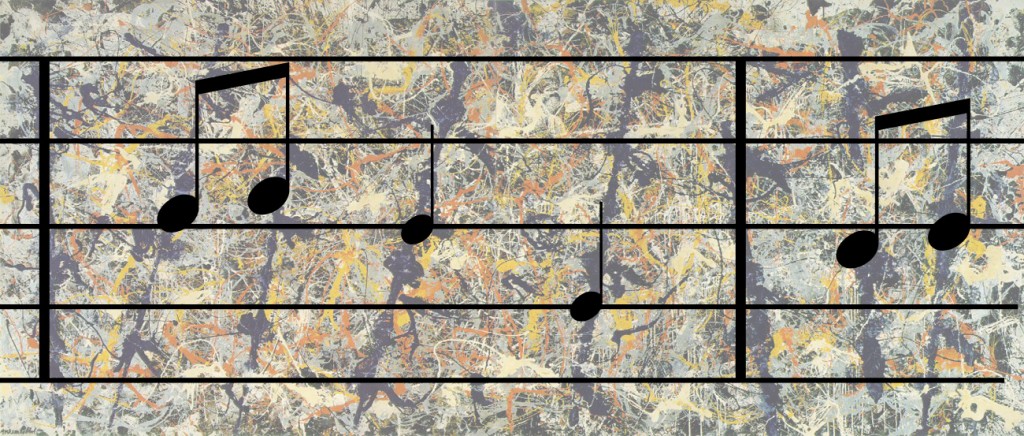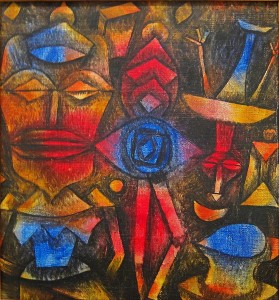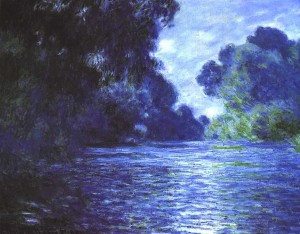The subject of, what art is, seems to have always been a topic of debate . A lot of art history is about pushing the boundaries of what art is. The impressionists broke away from the ideology that art had to look “real” or be completely finished. They wanted to capture the motion and atmosphere of a scene. They weren’t concerned with every little detail.

Paul Cezanne and Picasso explored the notion of simplifying shapes in a painting to make a stronger composition. Henry Matisse used bright colors, that weren’t naturally there, to express emotions in his scenes. Wassily Kandinsky pioneered abstract art. He explored the idea that a painting doesn’t have to look like anything, it can be a composition of shapes, much like an instrumental song (see my post on how visual art compares to music).

And, maybe the most radical of all, Marcel Duchamp argued that a piece of art didn’t even have to be made by the artist… it could be found! He called these sculptures “readymades” and said each one was “an ordinary object elevated to the dignity of a work of art by the mere choice of an artist.”(1) My take on it is that he was showing his personality through these objects. They amused him or showed his sense of humor (especially the urinal sculpture :).
So, what is art? I think the rebellious spirit of all these artists urges us to keep the definition of art very broad. In my humble opinion I think visual art is… Something you make or find (or a combination of the two) and put on display so that people(s) lives can be enriched by viewing or experiencing it.
Art is more than just using your talents and skills. It’s about expressing your self and experimenting with things that interest you. In the end, for some pieces, only the artist knows if it is truly art.
To be an artist you need to be open… open to new ideas, open to your own thoughts and open to fails and victories on your journey.
